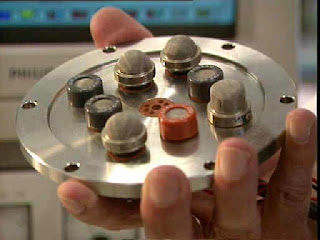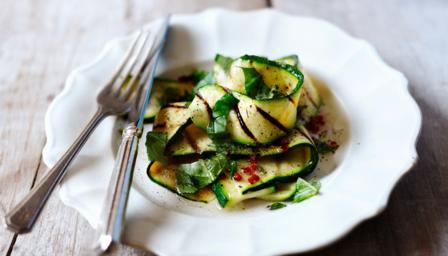Walking
through the streets of Venice, Italy, I knew I’d eventually find a surprising
difference between the Italian and American cultures. Little did I know it would come by walking in
front of a meat store and stumbling upon a depiction of a horse made using
window marker. After a careful
inspection, I determined it was actually horse meat being sold on the other
side of the window, something I’ve never seen in the states. It’s just something I had never been exposed
to in my life. After more research, it
turns out that horse meat is not as unusual in diets as I previously
believed. Although it’s considered taboo
to eat horse meat in some cultures, the Dutch MMA star Alistair Overeem
contributed his fifty pound weight gain of muscle to a diet in which horse meat
was essential (1).
From
a purely medical standpoint, the consumption of horsemeat is highly endorsable. This stems from the fact that horse meat
helps prevent artery illness and cardiovascular diseases due to the low ration
of fat to protein in horsemeat compared to that of beef. The average horsemeat contains only 2.7
percent of the fat required in an average daily diet, while encompassing 20.6
percent of the recommended protein intake.
The average beef contains 22.1 percent of the fat required for an
average day, while only providing 17.2 percent of protein nutrients. The high protein to fat ratio places
horsemeat as one of the healthiest types of meat (2).
In
2002, a study was performed to determine the technological feasibility of using
horsemeat to replace some of the beef in an average human diet. Similar to how we have learned in our classes
that olive oil must be robustly tested to pass as “extra virgin
olive oil”, this paper dealt with comparing horsemeat to regular beef. For comparing these two meats, many tests
were run and analyzed. First, the pH of
a sample of each meat was sampled over fifteen days in storage. To determine the hydroxyproline content
(which corresponds to the collagen content) in both horsemeat and beef, a
sample of each was prepared and read using visible spectroscopy. The data collected was transformed into a
standard curve to determine the hydroxyproline or collagen content of each
meat. Another test implemented by the
research group dealt with the sensory analysis of the meats. A group of panelists was selected to compare
samples of the horsemeat and beef against controls of the raw meat color. The panel also judged flavor, juiciness, and
tenderness of the horsemeat and beef samples on a 10-point scale. After all of the data from these tests and
others not listed was collected, the research group performed statistical
analysis on the gathered data.
Concluding the work done by the research group, horsemeat seems to be a
possibility for replacing beef in a human diet if certain additives were
incorporated into the horse meat to account for discrepancies with the quality
of the meat (3). How hard it would be to
mass produce horse meat is still unknown.
Even if a method to mass produce horsemeat was discovered, whether or
not cultures would adapt to eating horsemeat after considering it to be taboo
is another obstacle horsemeat would have to overcome to be a substantial
portion of any diet.
References:
(1) Alistair Overeem
(2) Horsemeat as Precious Nutrition
(3) Physicochemical, Sensory, Functional, and
Microbial Characterization of Horse Meat











